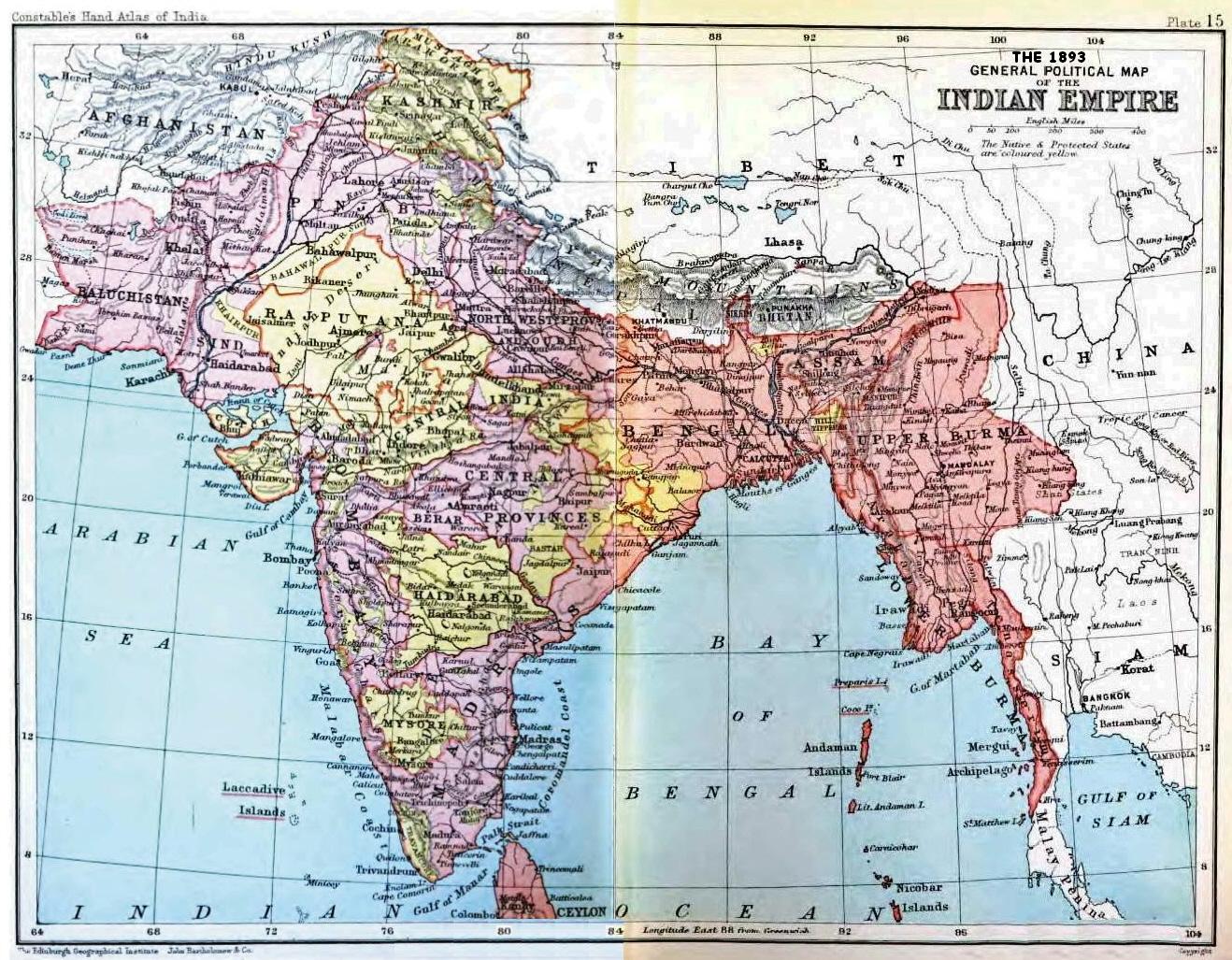History of India
- Introduction to Ancient India
- The Mauryan Empire
- Post-Mauryan India and the Golden Age
- Early Medieval India
- The Delhi Sultanate
- The Mughal Empire - Part I
- The Mughal Empire - Part II
- The Advent of European Powers
- The British Raj - Part I
- The British Raj - Part II
- Independence & Partition
Independence & Partition
The Final Phase of the Freedom Movement

Indian national movement seeking to end British rule (1857-1947).
The final phase of the Indian freedom movement was marked by a series of significant events and personalities that shaped the course of India's struggle for independence. This period saw the rise of Mahatma Gandhi as a national leader, the impact of World War II, the Quit India Movement, and the role of Subhash Chandra Bose and the Indian National Army.
Mahatma Gandhi and Non-violence
Mahatma Gandhi, also known as the 'Father of the Nation', played a pivotal role in the final phase of the freedom movement. His philosophy of 'Satyagraha' or non-violent resistance became the guiding principle of the struggle. Gandhi led several mass movements like the Salt March (Dandi March) in 1930 and the Quit India Movement in 1942, which significantly weakened the British hold over India.
Impact of World War II
The outbreak of World War II in 1939 had a profound impact on the Indian independence movement. The British government dragged India into the war without consulting Indian leaders, leading to widespread resentment. The war also weakened Britain economically and militarily, making it difficult for them to maintain their colonies, including India.
The Quit India Movement
The Quit India Movement, launched by Gandhi in August 1942, was a direct response to Britain's decision to involve India in World War II. The movement called for an end to British rule in India and was marked by widespread protests, strikes, and acts of civil disobedience across the country. Although the movement was suppressed by the British, it marked a significant turning point in the struggle for independence.
Subhash Chandra Bose and the Indian National Army
Subhash Chandra Bose, a prominent leader of the Indian National Congress, believed that an armed struggle was necessary to achieve independence. Disagreeing with Gandhi's philosophy of non-violence, Bose escaped from British surveillance and reached Germany in 1941. He later moved to Japan and formed the Indian National Army (INA) with the help of Indian prisoners of war. The INA fought alongside Japanese forces against the British in Burma and India. Although the INA was defeated, it ignited a strong sense of nationalism among Indians and posed a serious challenge to British rule.
In conclusion, the final phase of the freedom movement was marked by a combination of non-violent resistance and armed struggle. The leadership of Mahatma Gandhi, the impact of World War II, the Quit India Movement, and the role of Subhash Chandra Bose and the INA played a crucial role in paving the way for India's independence.